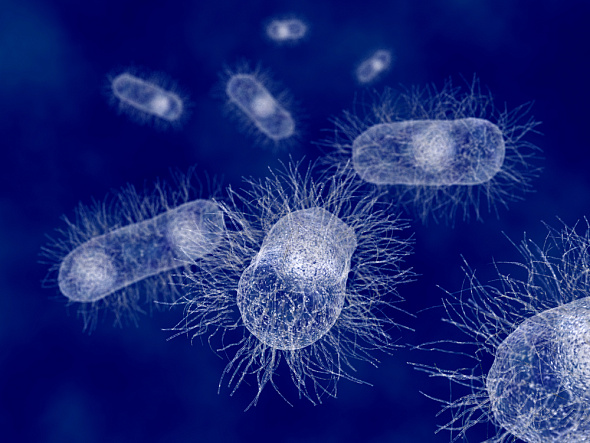Antibacterial Compounds Library
ChemDiv’s unique collection of 15,000 compounds with antibacterial properties.
The small molecule library for antibacterial drug discovery is an accurately designed collection, made up to address the urgent need for novel antibiotics in the face of increasing bacterial resistance.
Antibacterial drug research is crucial due to the growing threat of antibiotic resistance, which poses a significant challenge to global health. The development of new antibiotics is vital to outpace the emergence of resistant bacterial strains and to provide effective treatments for bacterial infections that are increasingly difficult to treat with existing drugs.
This library is focused on a broad range of critical bacterial targets, including RNA polymerase, DNA polymerase III, Peptide Deformylase, Cell division protein FtsZ, Tyrosine tRNA ligase, Penicillin Binding Protein, New-Delhi Metallo-beta-Lactamase-1, DNA Gyrase, and DNA Topoisomerase IV. These targets are pivotal in bacterial survival and replication, making them ideal candidates for the development of new antibiotics.
With a diversity index of 0.8, the library offers a broad spectrum of chemical structures, ensuring a wide range of potential interactions with bacterial targets. It contains 839 unique heterocycles, indicating a rich variety of core structures essential for innovative drug discovery.
The library is organized into 1006 clusters based on Tanimoto metrics, with a minimal cluster size of 5 and a similarity threshold of 0.6, facilitating the identification of structurally similar compounds. Each cluster, on average, consists of 30 compounds, providing a comprehensive overview of chemical space. Additionally, the library includes 5777 singletons and has been subjected to 11069 screens, highlighting its extensive evaluation for antibacterial activity.
The library's extensive focus on diverse antibacterial targets, combined with its high degree of chemical diversity, makes it an invaluable resource for researchers and pharmaceutical companies. Its well-structured clustering system aids in the efficient selection and analysis of compounds, potentially speeding up the drug discovery process. The inclusion of a large number of unique heterocycles and singletons provides a rich pool of novel compounds, increasing the chances of identifying effective antibacterial agents. Furthermore, the comprehensive screening data available for these compounds can significantly streamline the early stages of drug development, reducing time and cost. Overall, this library represents a significant advancement in the quest for new antibacterial drugs, offering a diverse array of potential candidates to combat the pressing issue of antibiotic resistance.
